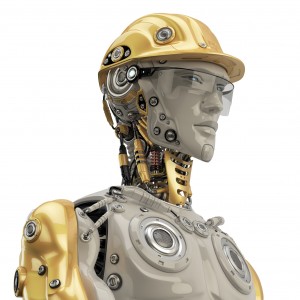Male Chauvinist Machines

Yanks win last night?
Do men and women think differently? If they do, who should develop artificial intelligence? As we develop AI, should we target “feminine” intelligence or “masculine” intelligence? Do we have enough imagination to create a non-gendered intelligence? What would that look like?
First of all, do the genders think differently? According to Scientific American, our brains are wired differently. As you know, our brains have two hemispheres. Male brains have more connections within each hemisphere as compared to female brains. By contrast, female brains have more connections between hemispheres.
Men, on average, are better at connecting the front of the brain with the back of the brain while women are better at connecting left and right hemispheres. How do these differences influence our behavior? According to the article, “…male brains may be optimized for motor skills, and female brains may be optimized for combining analytical and intuitive thinking.”
Women and men also have different proportions of white and gray matter in their brains. (Click here). Gray matter is “…primarily associated with processing and cognition…” while white matter handles connectivity. The two genders are the same (on average) in general intelligence, so the differences in the gray/white mix suggest that there are two different ways to get to the same result. (Click here). Women seem to do better at integrating information and with language skills in general. Men seem to do better with “local processing” tasks like mathematics.
Do differences in function drive the difference in structure or vice-versa? Hard to tell. Men have a higher percentage of white matter and also have somewhat larger brains compared to women. Perhaps men need more white matter to make connections over longer distances in their larger brains. Women have smaller heads and may need less white matter to make the necessary connections — just like a smaller house would need less electrical wire to connect everything. Thus, a larger proportion of the female brain can be given over to gray matter.
So men and women think differently. That’s not such a surprise. As we look ahead to artificial intelligence, which model should we choose? Should we emphasize language skills, similar to the female brain? Or local processing skills, similar to the male brain? Should we emphasize processing power or information integration?
Perhaps we could do both, but I wonder how realistic that is. I try to imagine what it would be like to think as a woman but I find it difficult to wrap my head around the concept. As a feminist might say, I just don’t get it. I have to imagine that a woman trying to think like a man would encounter similar difficulties.
Perhaps the best way to develop AI would involve mixed teams of men and women. Each gender could contribute what it does best. But that’s not what’s happening today. As Jack Clark points out, “Artificial Intelligence Has A “Sea of Dudes’ Problem”. Clark is mainly writing about data sets, which developers use to teach machines about the world. If men choose all the data sets, the resulting artificial intelligence will be biased in the same ways that men are. Yet male developers of AI outnumber females by a margin of about eight-to-one. Without more women, we run the risk of creating male chauvinist machines. I can just hear my women friends saying, “Oh my God, no!”